

Floodwaters may rise up to 13ft (4m) as rivers see their flows “reversed”, meteorologists have warned.
“So this is a very dangerous storm,” said Mr Byard. “Inland flooding kills a lot of people unfortunately and that’s what we’re about to see.”
He warned that flooding would begin within a matter of hours.
“Your time is running out,” he said. “The ocean is going to start rising.”

Ask a question
Share this chatbot.

“Your time to get out of those areas in storm surge inundation is coming to a close. I cannot emphasise that enough.”
He said that people living near rivers, streams and lowland areas in the region were most at risk.

Media captionPeople have left homes and taken precautions ahead of the hurricane
The latest weather predictions show the storm slowing to a near standstill as it pummels the coast with “copious amounts of rain” from Thursday night to Saturday, said Fema administrator Brock Long.
Nearly two million people have been ordered to evacuate the coast lines in North Carolina, South Carolina and Virginia, and several highways have been reversed to aid the exodus.
Over 1,400 flights have been cancelled, according to FlightAware.com, as most of the coastal region’s airports closed to ride out the storm.
Hurricanes
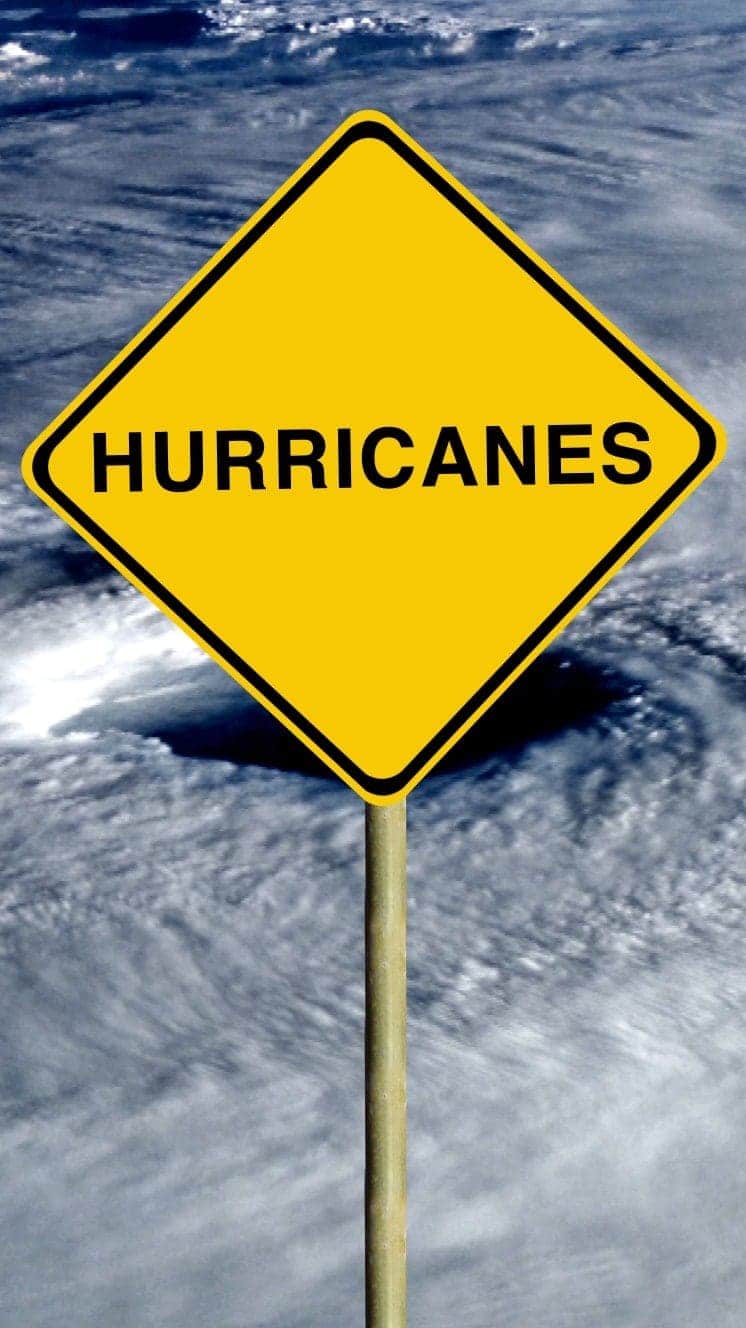
A guide to the world’s deadliest storms
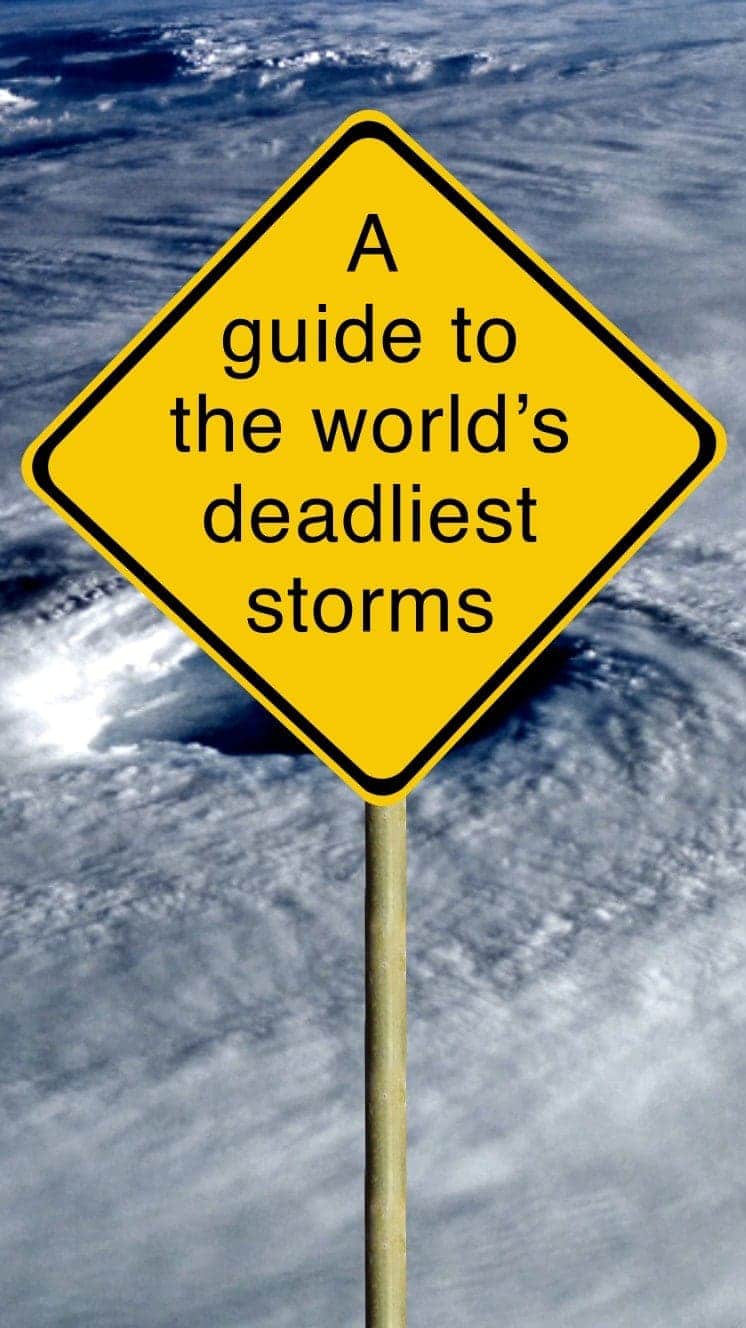
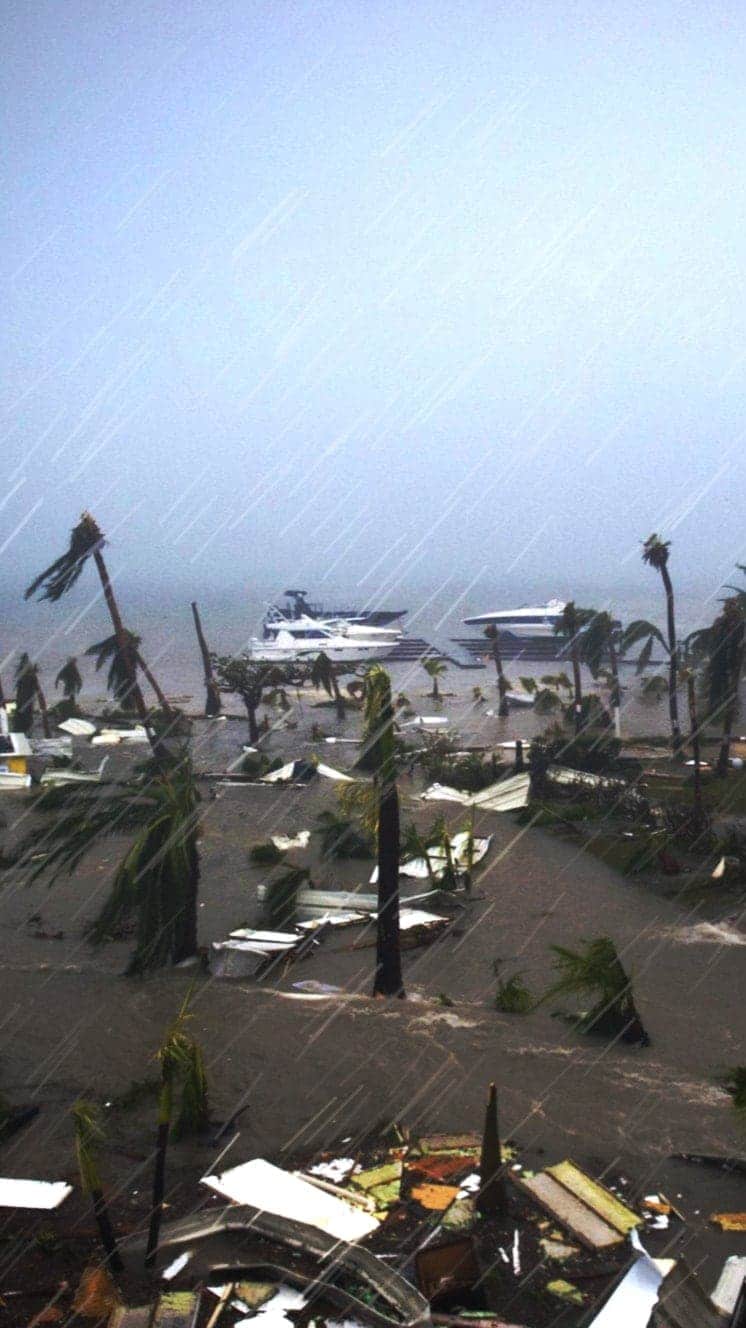
Hurricanes are violent storms that can bring devastation to coastal areas, threatening lives, homes and businesses.
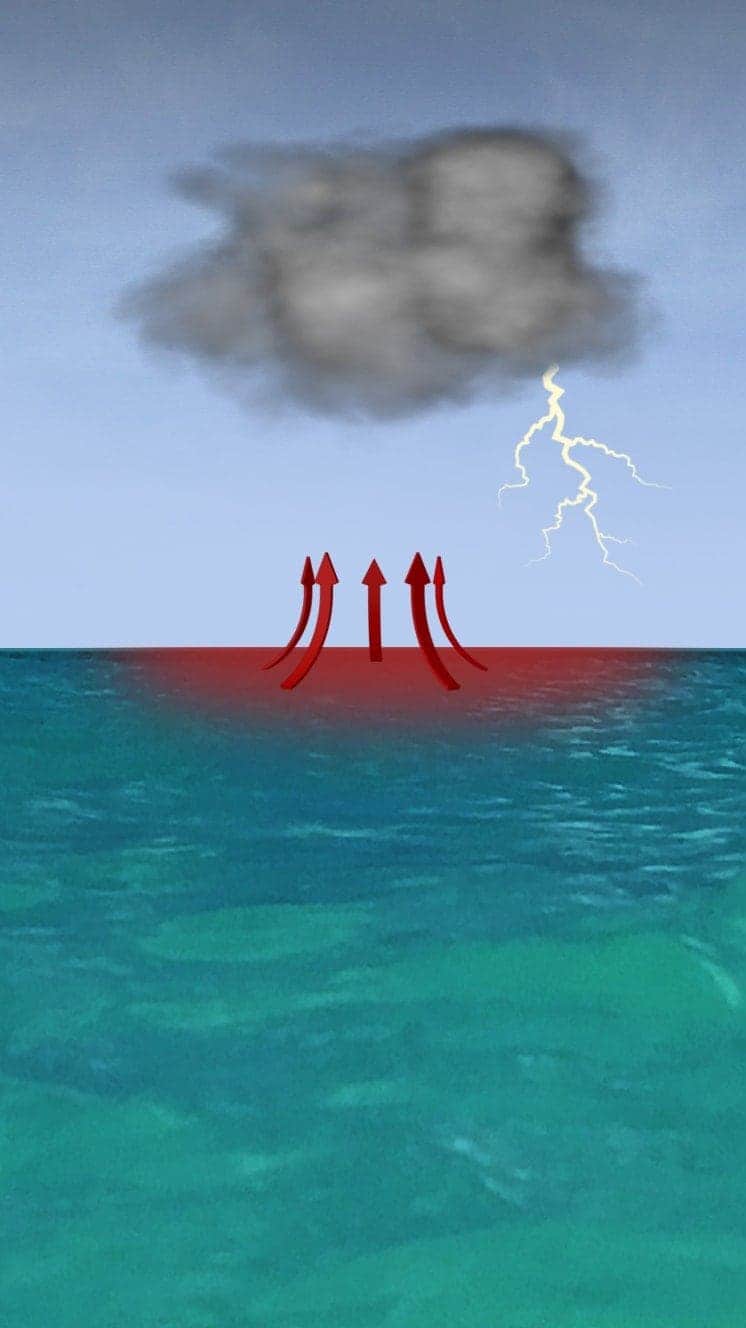
Hurricanes develop from thunderstorms, fuelled by warm, moist air as they cross sub-tropical waters.
Warm air rises into the storm.
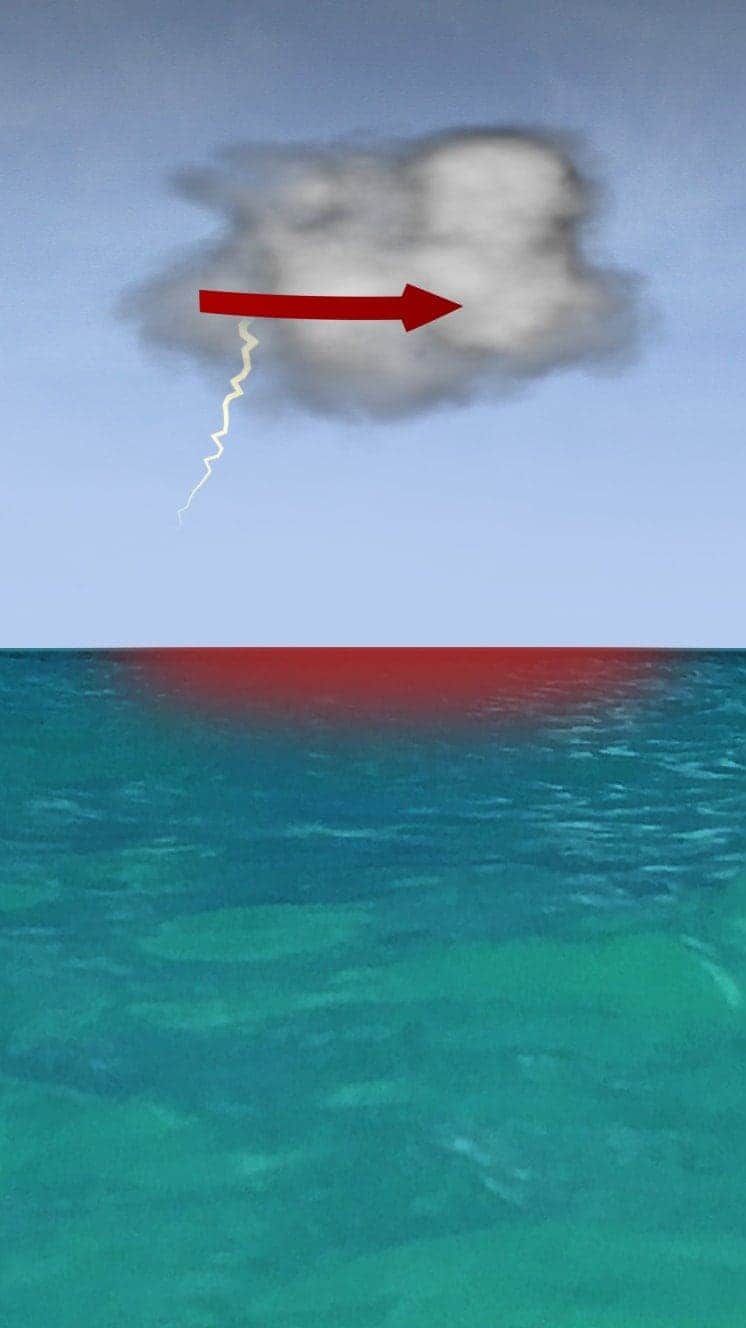
Air swirls in to fill the low pressure in the storm, sucking air in and upwards, reinforcing the low pressure.
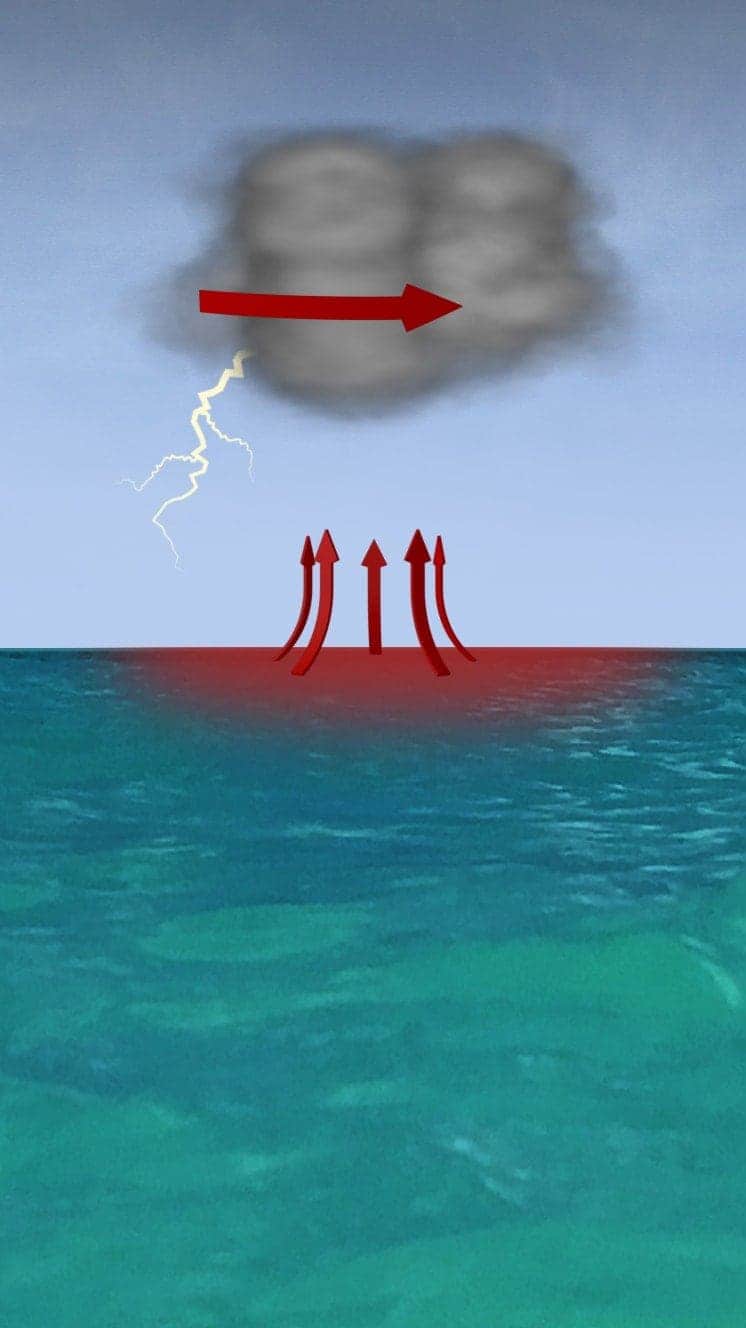
The storm rotates due to the spin of the earth and energy from the warm ocean increases wind speeds as it builds.
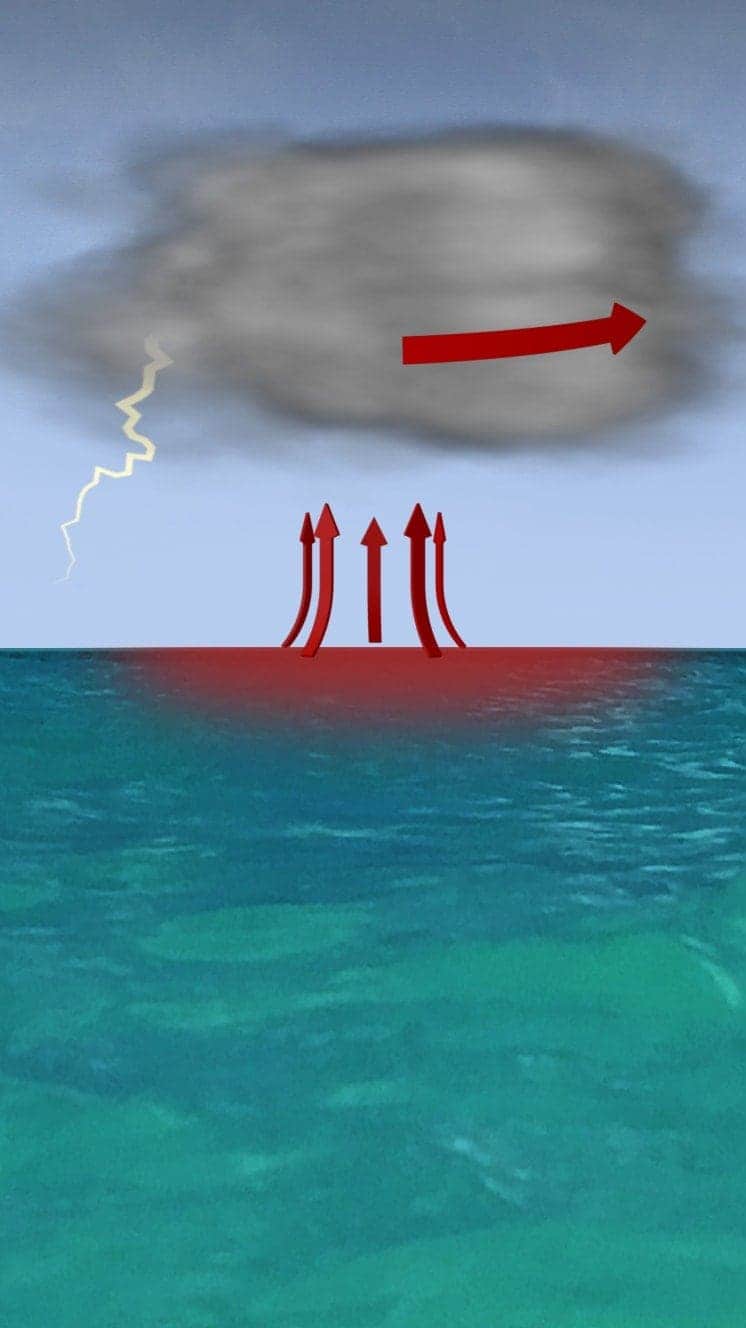
When winds reach 119km/h (74mph), it is known as a hurricane – in the Atlantic and Eastern Pacific – or a typhoon in the Western Pacific.

“Everybody has a plan until they get punched in the face. Well, we’re about to get punched in the face.”
Florida Mayor Bob Buckhorn, ahead of Hurricane Irma (2017)


The central eye of calmer weather is surrounded by a wall of rainstorms.
This eyewall has the fastest winds below it and violent currents of air rising through it.
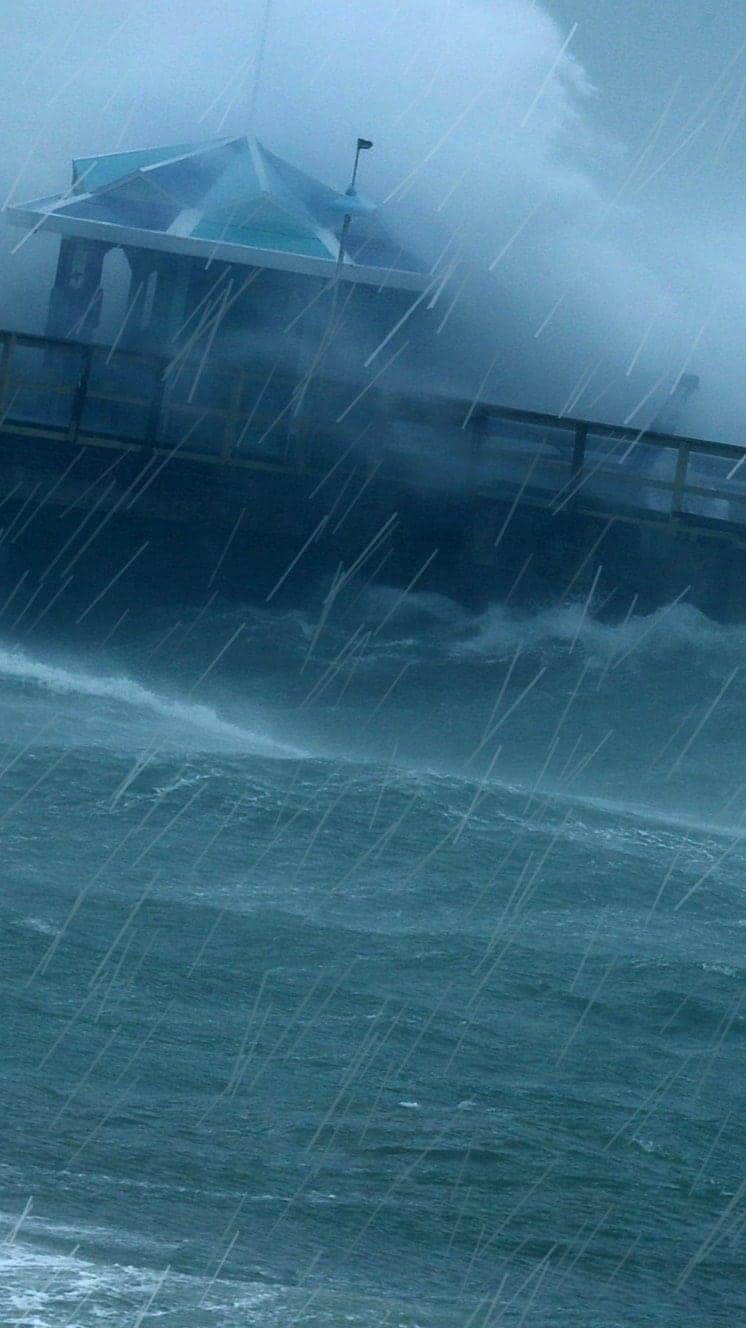
A mound of water piles up below the eye which is unleashed as the storm reaches land.
These storm surges can cause more damage from flooding than the winds.
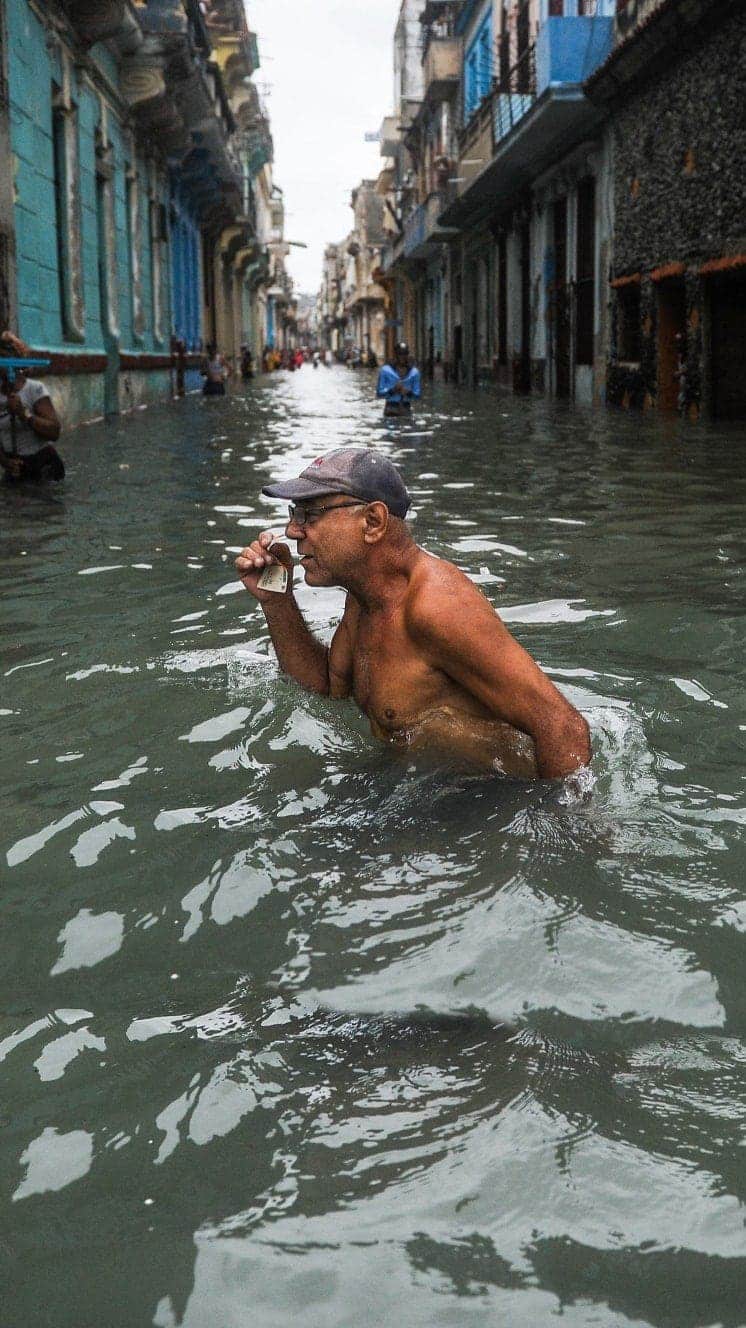
“Urgent warning about the rapid rise of water on the SW FL coast with the passage of #Irma’s eye. MOVE AWAY FROM THE WATER!”
Tweet from the National Hurricane Center
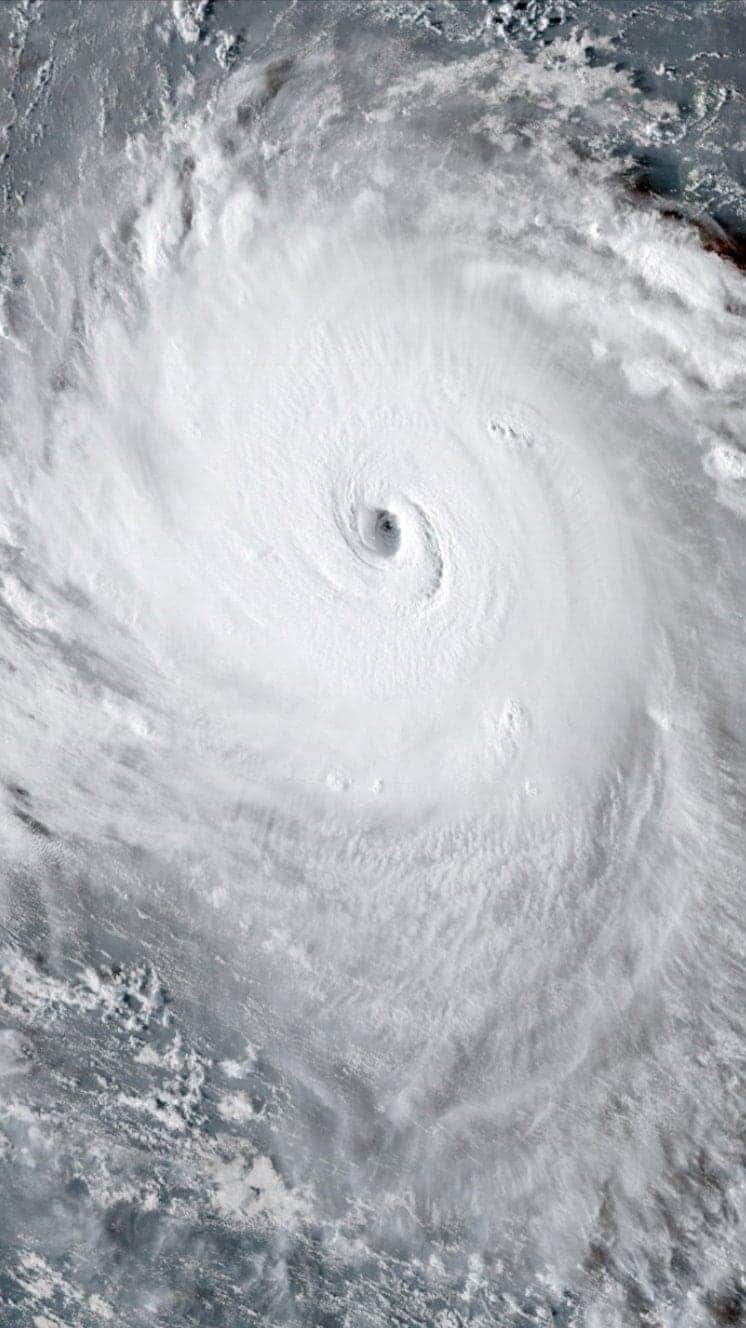
The size of hurricanes is mainly measured by the Saffir-Simpson scale – other scales are used in Asia Pacific and Australia.
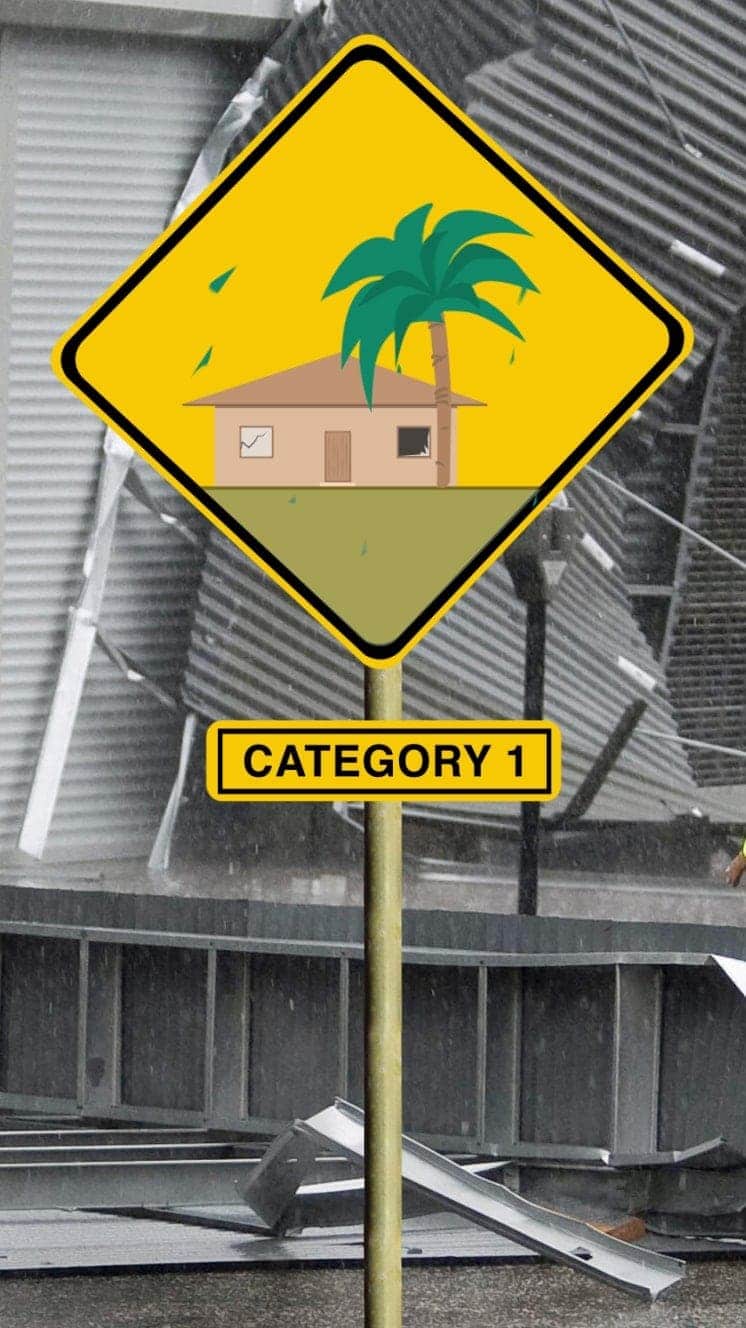
Winds 119-153km/h
Some minor flooding, little structural damage.
Storm surge +1.2m-1.5m
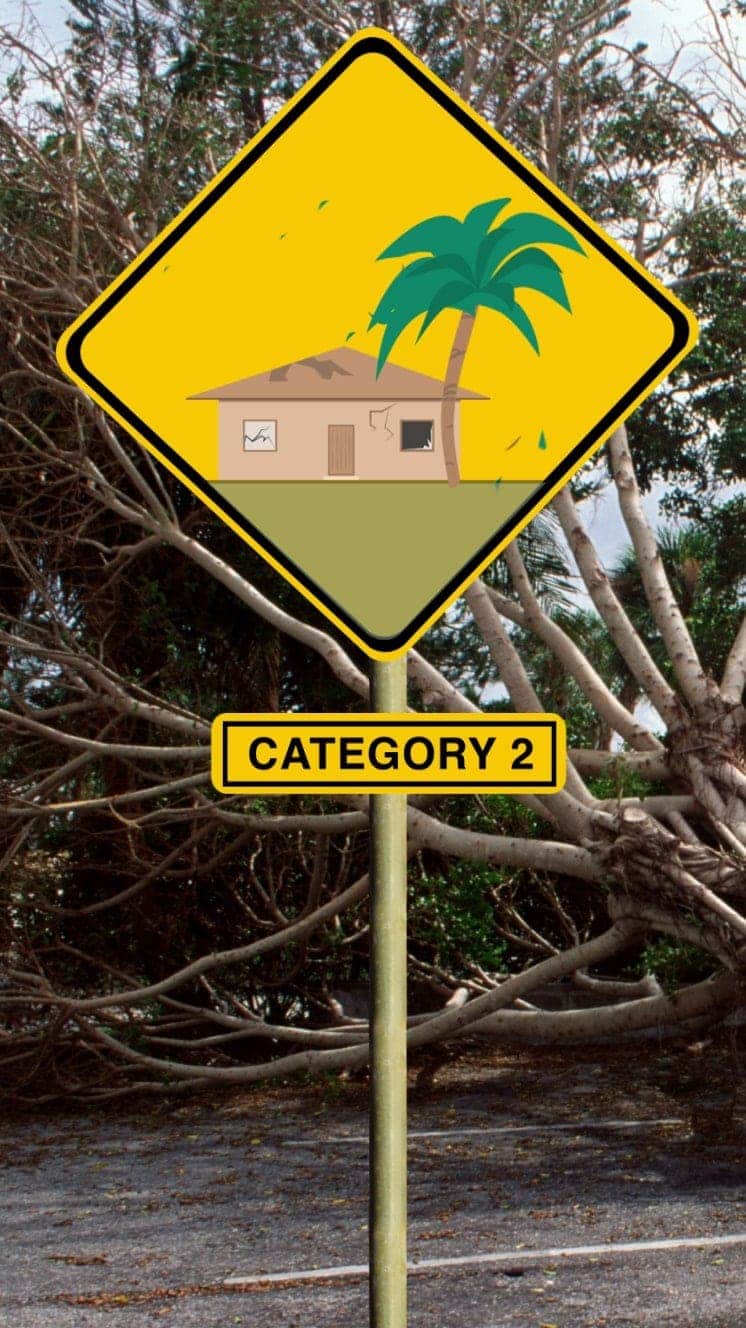
Winds 154-177km/h
Roofs and trees could be damaged.
Storm surge +1.8m-2.4m
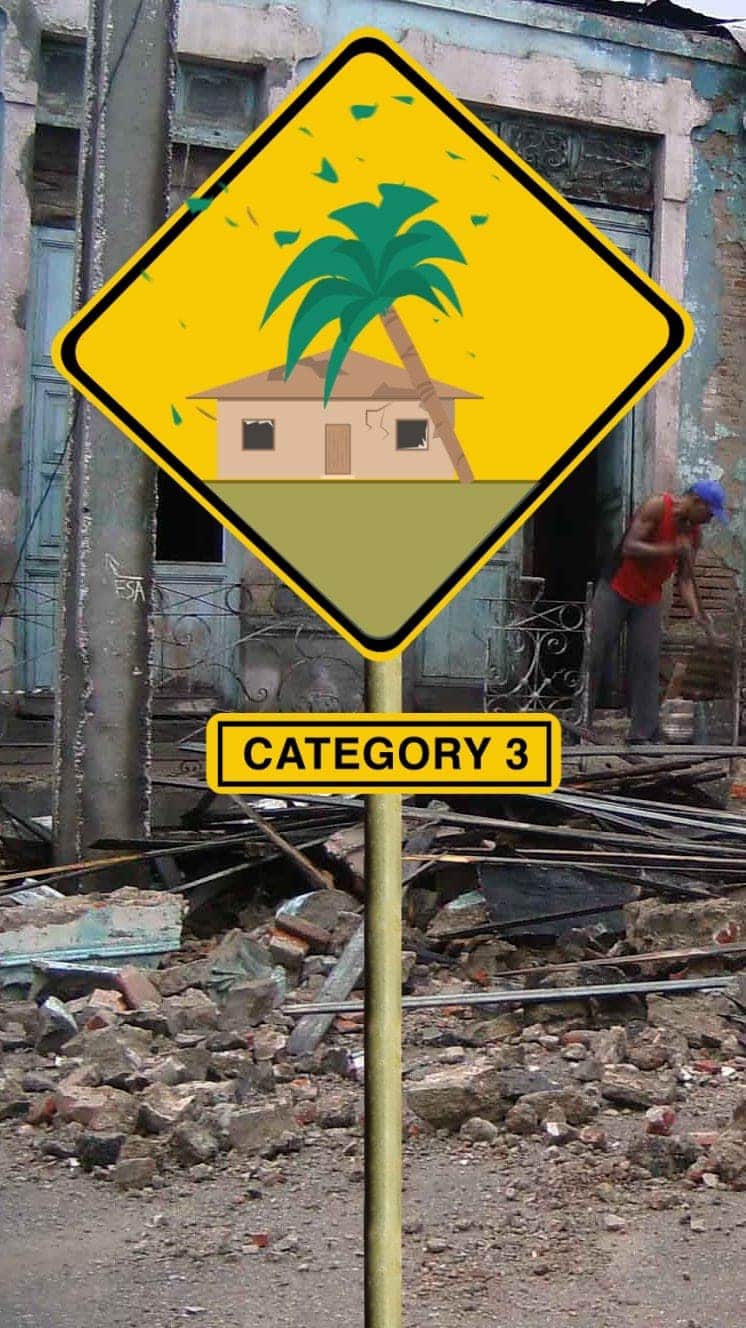
Winds 178-208km/h
Houses suffer damage, severe flooding
Storm surge +2.7m-3.7m
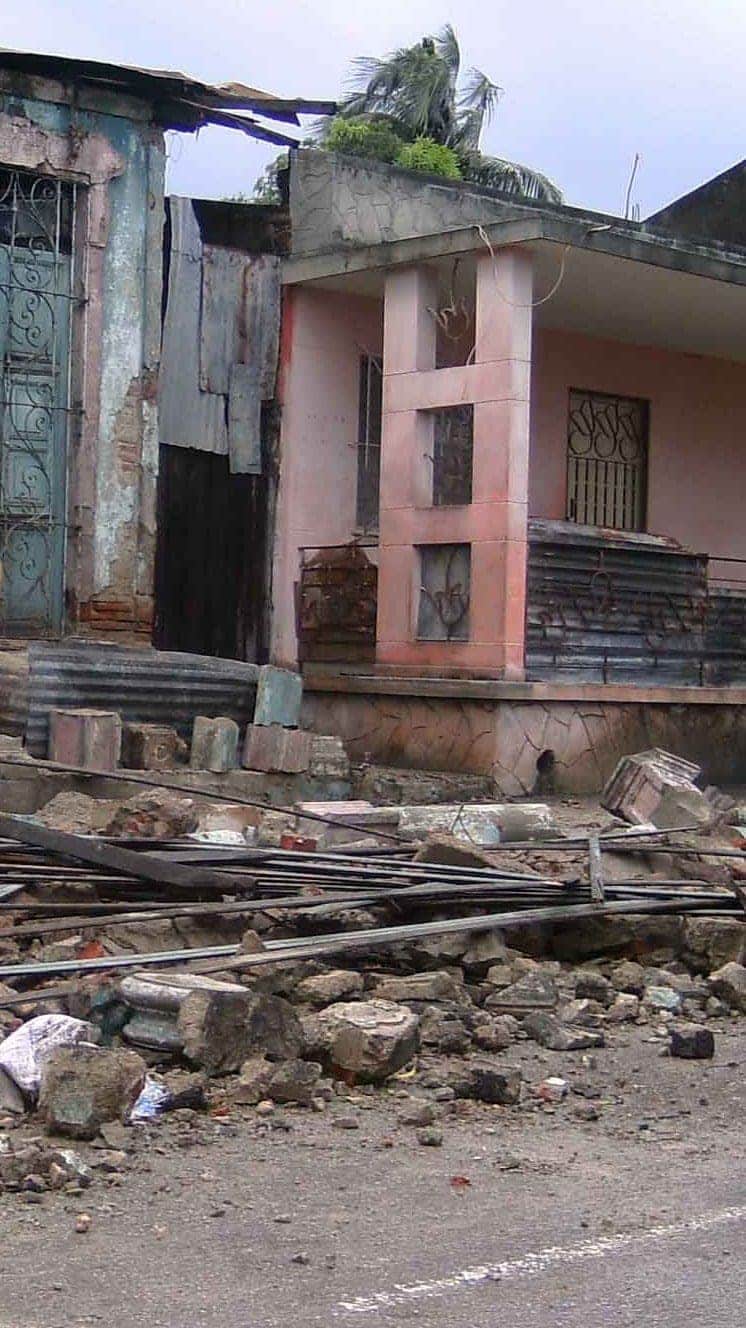
Hurricane Sandy (2012) caused $71bn damage in the Caribbean and New York
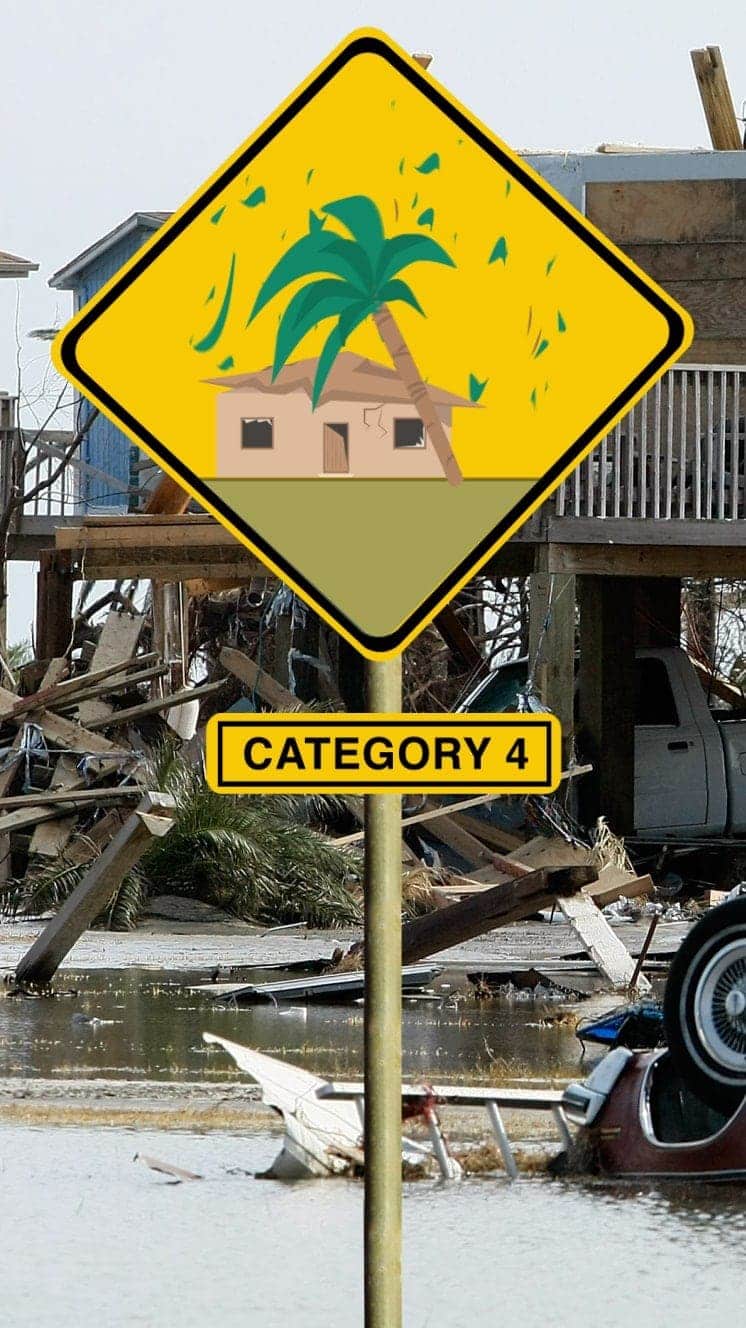
Winds 209-251km/h
Some roofs destroyed and major structural damage to houses.
Storm surge +4m-5.5m
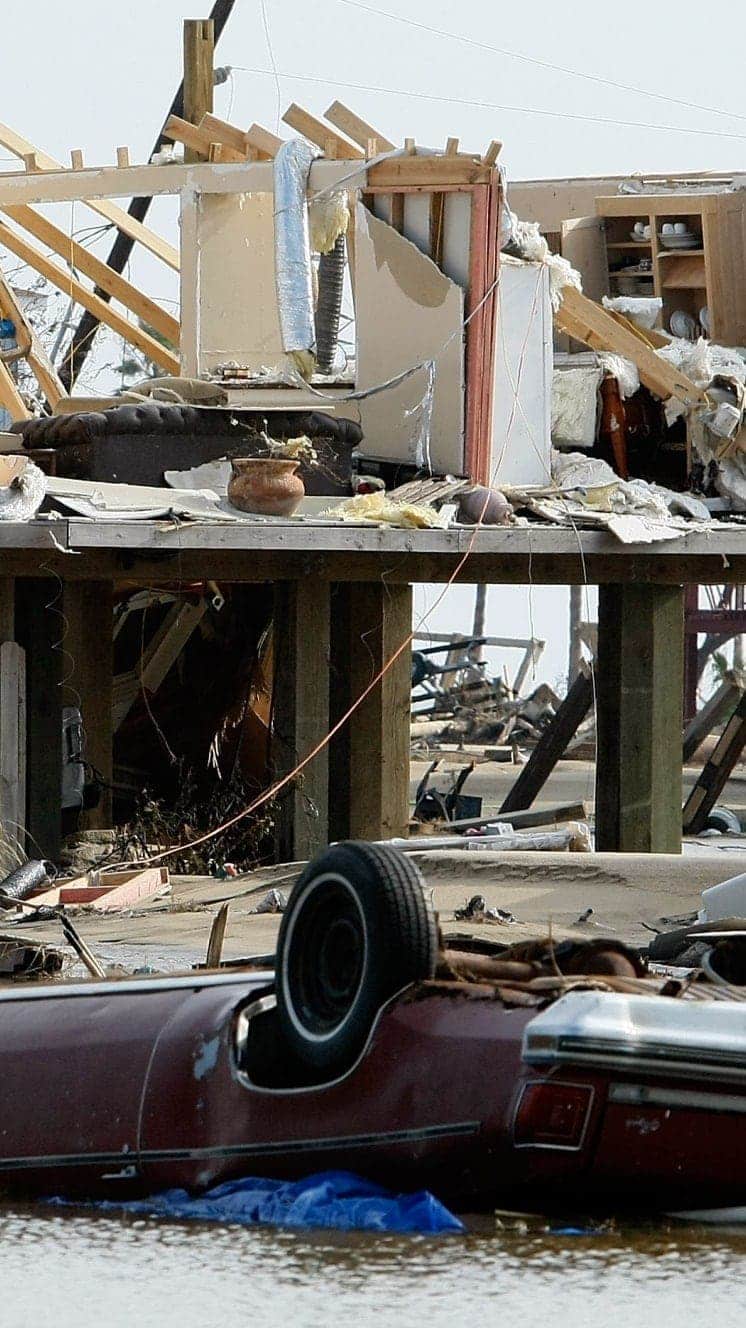
Hurricane Ike (2008) hit Caribbean islands and Louisiana and was blamed for at least 195 deaths
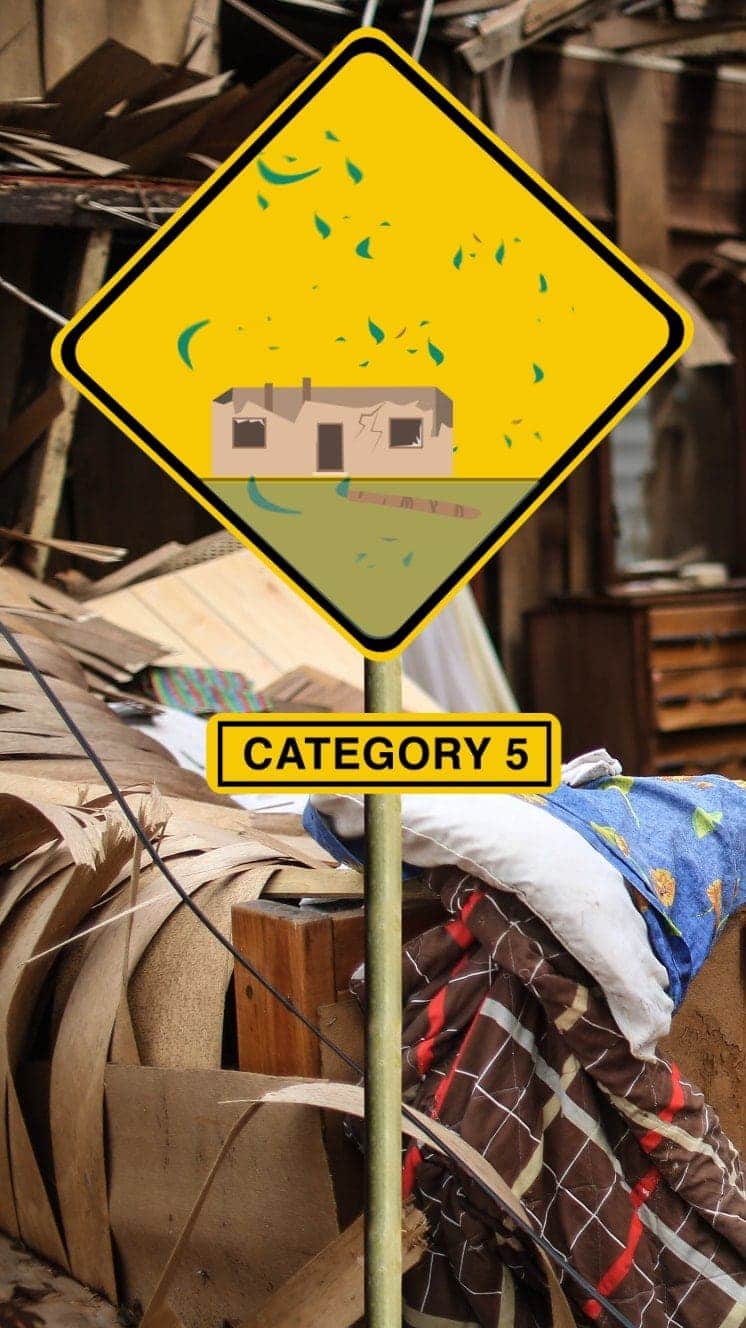
Winds 252km/h+
Serious damage to buildings, severe flooding further inland.
Storm surge +5.5m

Hurricane Irma (2017) caused devastation in Caribbean islands, leaving thousands homeless

“For everyone thinking they can ride this storm out, I have news for you: that will be one of the biggest mistakes you can make in your life.”
Mayor of New Orleans Ray Nagin ahead of Hurricane Gustav, 2008

Is global warming to blame?
The relationship between climate change and hurricanes is a complex one.
Warmer seas power hurricanes. So as the temperature of ocean water goes up, we might expect the intensity of hurricanes to increase in future.
A hotter atmosphere can also hold more water, so this should allow hurricanes to dump more water on affected areas.
But there are so many factors that contribute to these rare events, it has been difficult to tease out clear trends from the data.

Are you in the area? How are you preparing for the hurricane? Let us know by emailing haveyoursay@bbc.co.uk.
Please include a contact number if you are willing to speak to a BBC journalist. You can also contact us in the following ways:
WhatsApp: +447555 173285 Tweet: @BBC_HaveYourSay Send pictures/video to yourpics@bbc.co.uk Upload your pictures/video here Send an SMS or MMS to 61124 or +44 7624 800 100 Please read our terms and conditions and privacy policy






